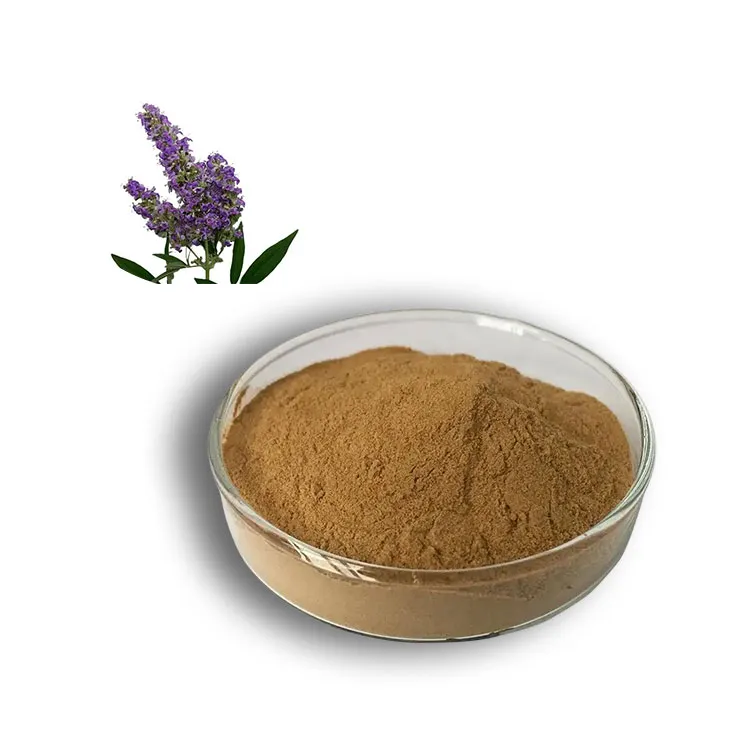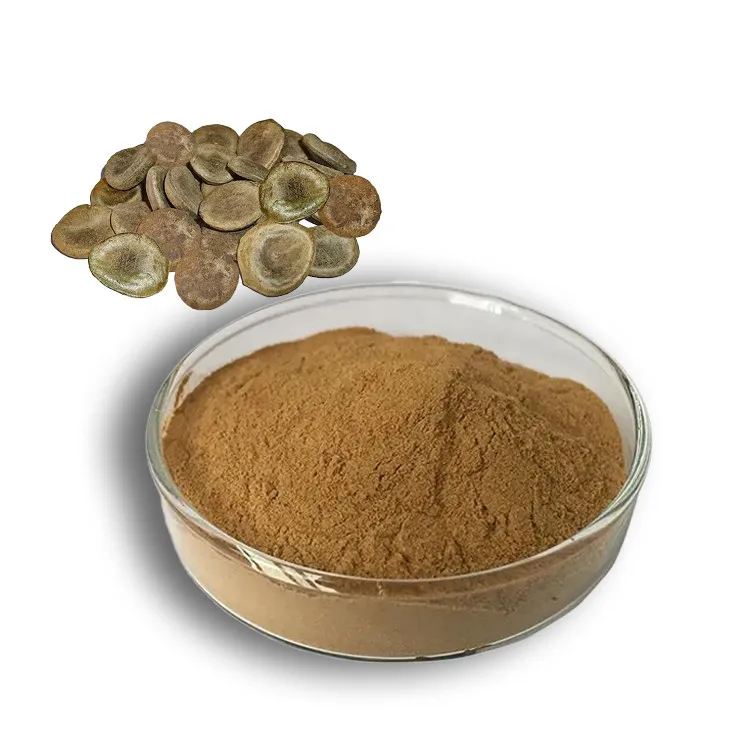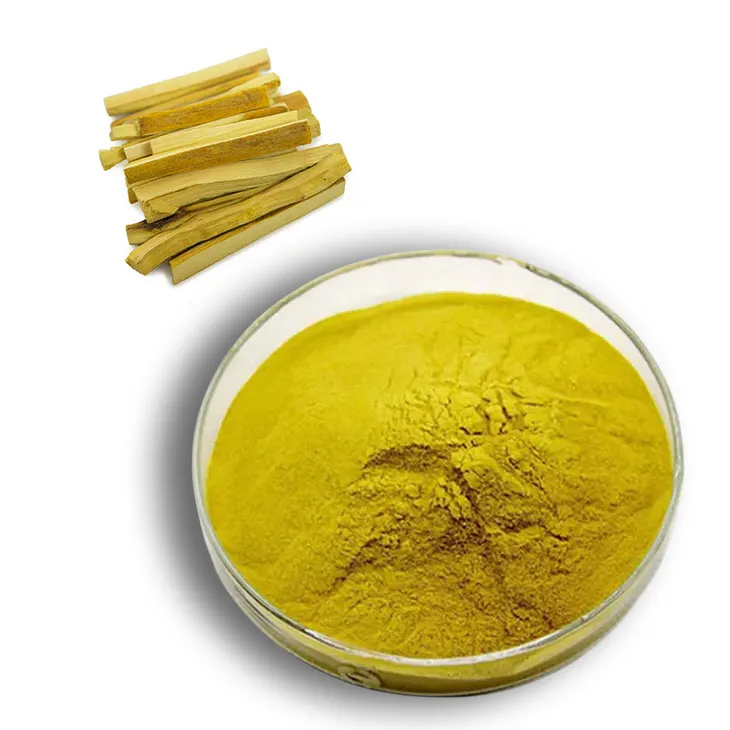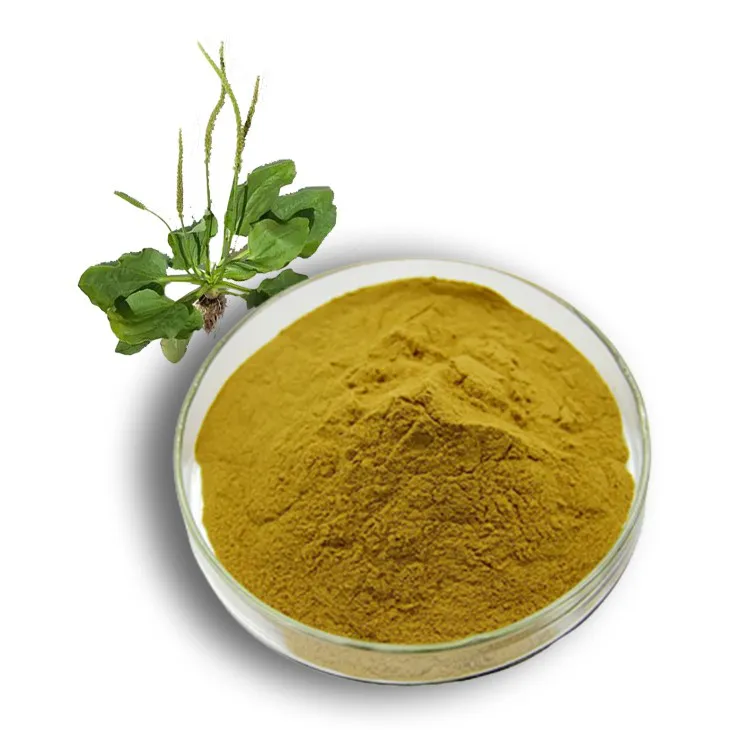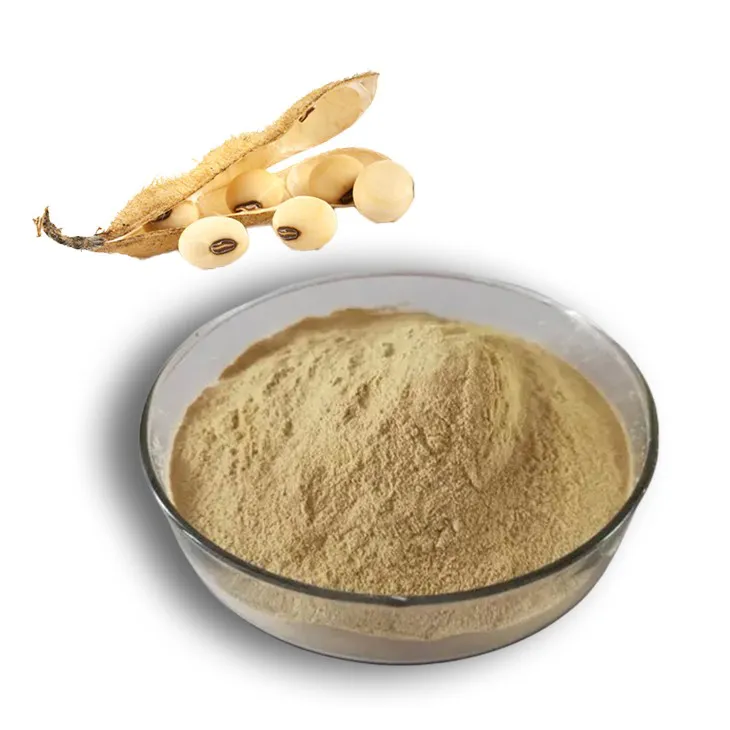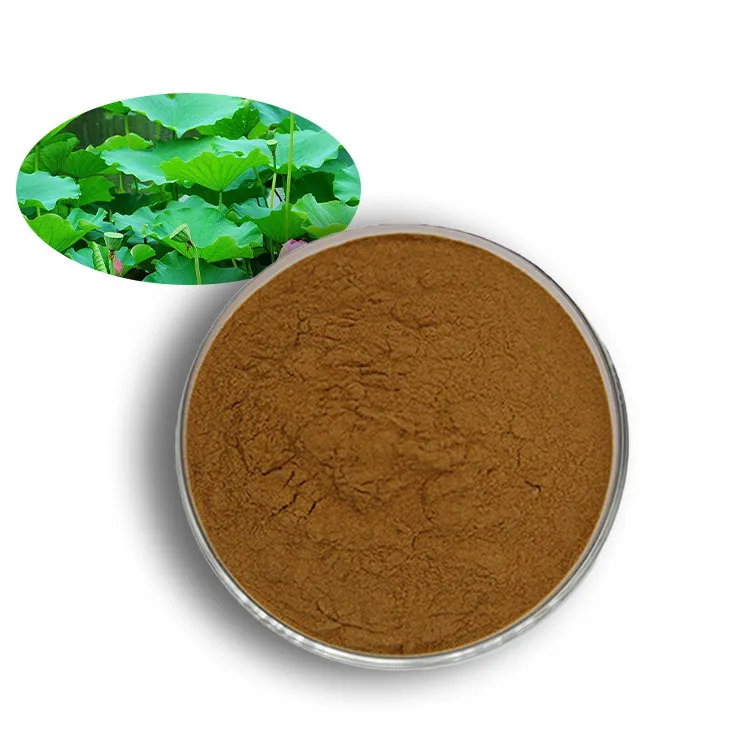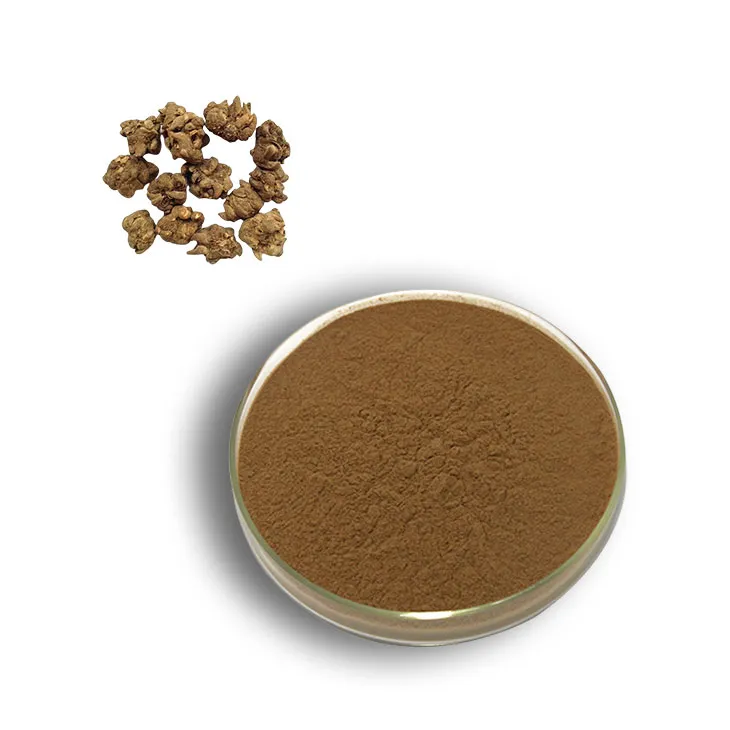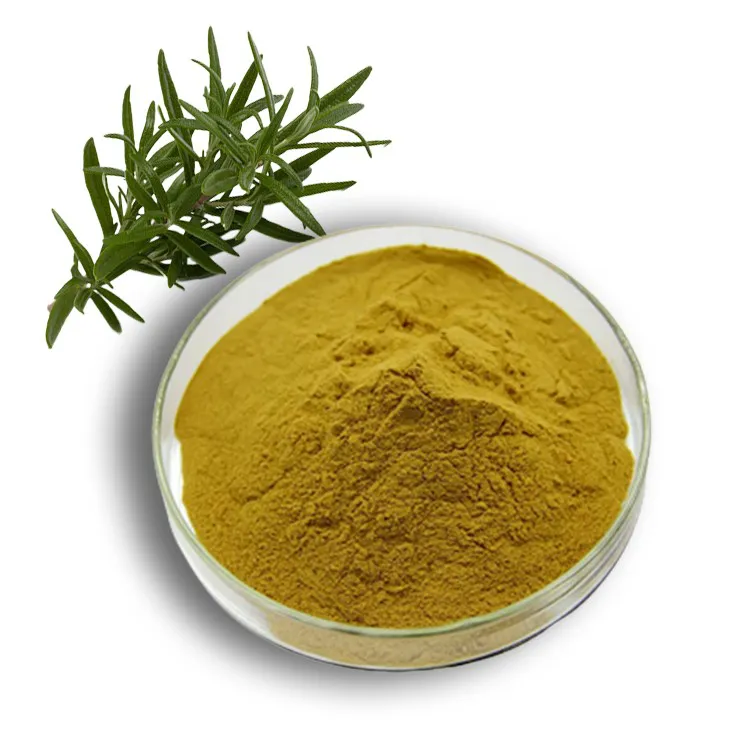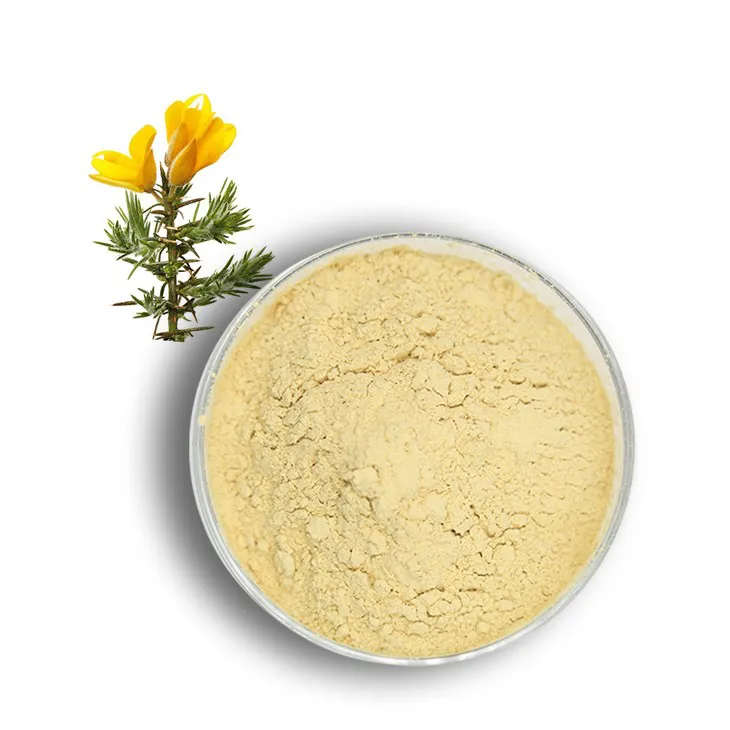- 0086-571-85302990
- sales@greenskybio.com
Understand the main processes of lemon juice powder manufacturing in the food industry.
2024-12-09
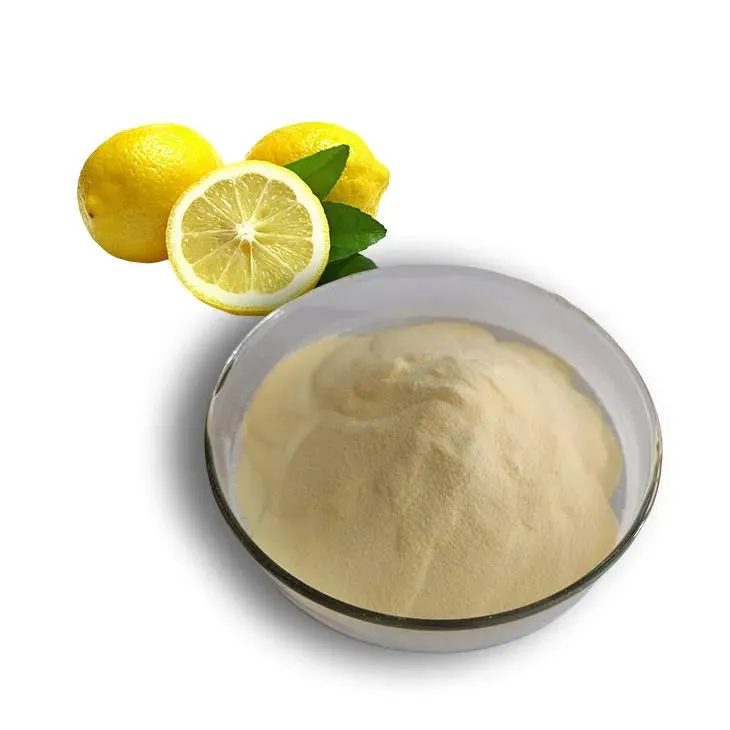
1. Introduction
Lemon Juice Powder has gained significant popularity in the food industry. It is widely used in various applications such as in the production of beverages, bakery products, and as a flavoring agent in many processed foods. Understanding the manufacturing process of Lemon Juice Powder is crucial for ensuring product quality and safety. This article will delve into the main processes involved in the production of Lemon Juice Powder.
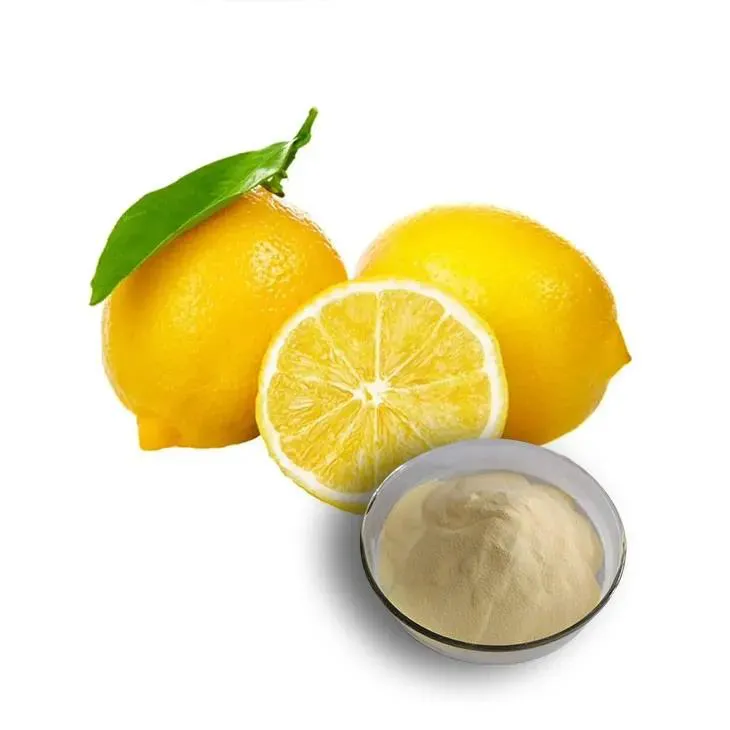
2. Raw Material Selection
High - quality fresh lemons are the cornerstone of lemon juice powder production. The selection process is meticulous and involves several factors:
- Variety: Different lemon varieties have distinct flavor profiles and chemical compositions. For example, the Eureka lemon is known for its high acidity and strong lemon flavor, making it a popular choice for juice powder production.
- Maturity: Lemons should be harvested at the right stage of maturity. Over - ripe lemons may have a fermented flavor, while under - ripe ones may lack the characteristic lemon taste and aroma. Ideal lemons are firm, bright - colored, and have a good balance of acidity and sweetness.
- Quality Inspection: Before being accepted as raw materials, lemons are subjected to strict quality inspections. This includes checking for physical damage, such as bruises or cuts, which can introduce contaminants. Additionally, any signs of disease or pest infestation are carefully examined.
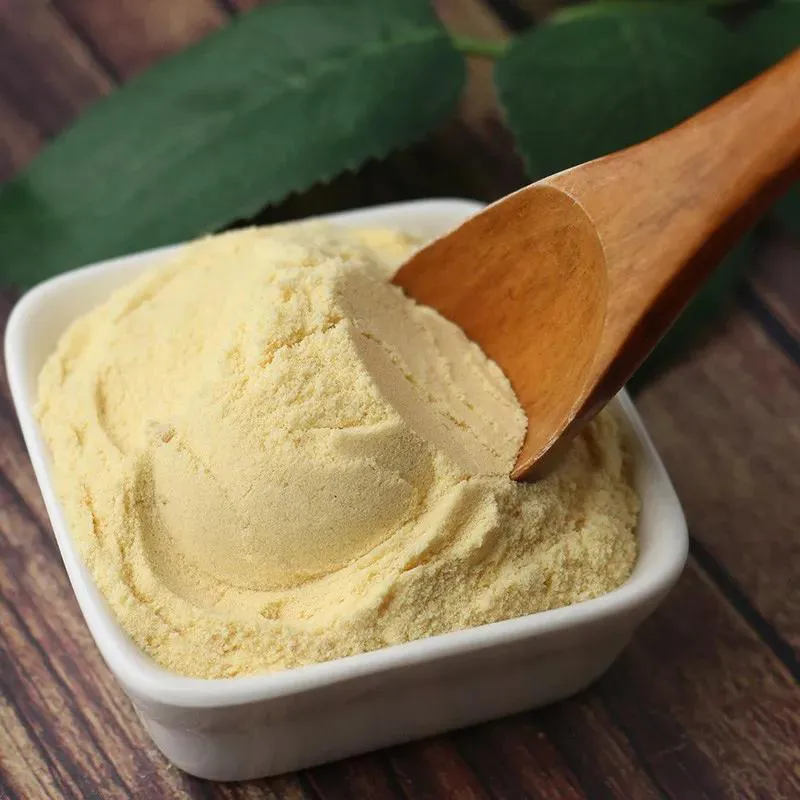
3. Washing
Once the lemons are selected, the next crucial step is washing. The purpose of washing is to remove dirt and impurities that may be present on the surface of the lemons. This process is carried out using clean water, and often, food - grade detergents may be used in a very controlled manner to ensure thorough cleaning.
The washing process typically involves:
- Pre - rinse: A quick rinse with water to remove loose dirt and debris.
- Soaking: Lemons may be soaked in a mild detergent solution for a short period to loosen stubborn dirt and any potential pesticide residues.
- Final rinse: A thorough rinse with clean water to remove any detergent residues. The water used for the final rinse must meet strict quality standards to avoid introducing any new contaminants.
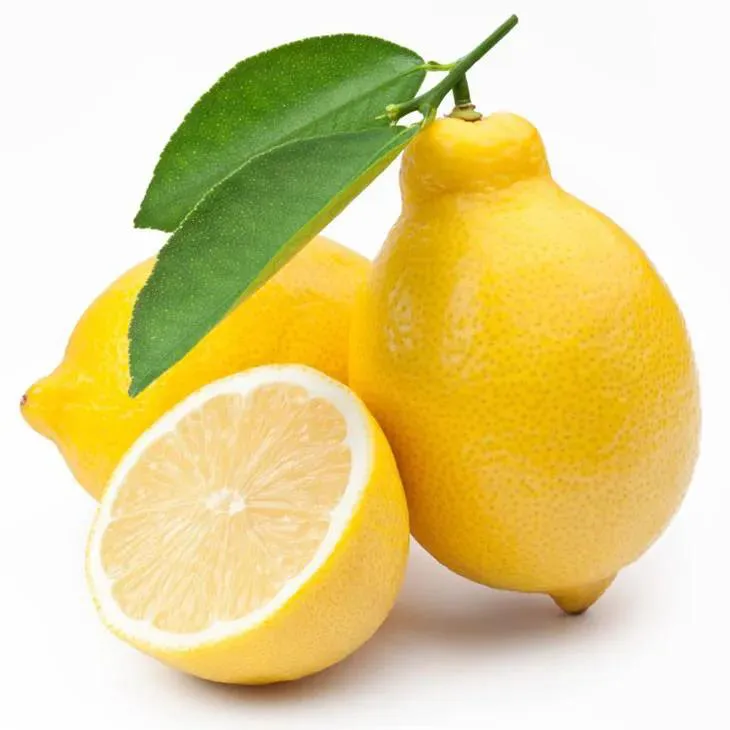
4. Juice Extraction
After washing, the lemons are ready for juice extraction. This step is essential as it determines the yield and quality of the lemon juice. The most common method used for juice extraction is mechanical squeezing.
Mechanical squeezing has several advantages:
- High Efficiency: Modern mechanical squeezers can process a large quantity of lemons in a relatively short time, ensuring a continuous supply of juice for further processing.
- Minimal Damage to Juice Quality: When properly operated, mechanical squeezing can extract the juice without causing excessive heat generation or oxidation, which could otherwise degrade the flavor and nutritional value of the juice.
However, there are also some considerations during mechanical squeezing:
- Equipment Maintenance: The squeezing equipment needs to be regularly maintained to ensure proper operation. Worn - out parts can affect the efficiency of juice extraction and may introduce metal particles into the juice.
- Pulp Management: During squeezing, some pulp is inevitably extracted along with the juice. Depending on the end - use of the lemon juice powder, the amount of pulp in the juice may need to be controlled. For some applications where a clear juice is desired, additional filtration steps may be required to remove the pulp.

5. Juice Concentration
Once the juice is extracted, it is usually too dilute for direct conversion into powder. Therefore, juice concentration is carried out to reduce its water content.
There are different methods for juice concentration:
- Evaporation: This is a traditional method where heat is applied to the juice to evaporate the water. However, care must be taken to control the temperature and pressure during evaporation to avoid over - heating the juice, which can cause flavor and nutrient loss. Vacuum evaporation is often used to lower the boiling point of the juice, reducing the risk of heat - induced damage.
- Reverse Osmosis: This membrane - based technology can selectively remove water from the juice without the need for high - temperature heating. It is a more energy - efficient and gentle method compared to evaporation, but the initial investment in equipment can be relatively high.
During concentration, the juice's viscosity and density increase. Monitoring these properties is important to ensure that the concentration process is carried out optimally. Additionally, the concentration level is carefully controlled to achieve the desired final product characteristics.
6. Drying
After concentration, the lemon juice is in a semi - liquid state with a reduced water content. The next step is drying, which is a critical process in converting the concentrated juice into a powder. There are two main drying techniques commonly used in the production of lemon juice powder: spray - drying and freeze - drying.
6.1 Spray - drying
Spray - drying is a widely used method in the food industry for converting liquid products into powder. The process involves the following steps:
- Atomization: The concentrated lemon juice is sprayed into a hot drying chamber through a nozzle. The nozzle breaks the liquid into fine droplets, which increases the surface area available for drying.
- Evaporation: As the droplets are sprayed into the hot air in the drying chamber, the water in the droplets quickly evaporates. The hot air temperature is carefully controlled to ensure efficient drying while minimizing heat damage to the product.
- Separation: The dried powder particles are then separated from the hot air using cyclones or filters. The separated powder is collected for further processing.
Advantages of spray - drying include high production rates and the ability to produce a fine - textured powder. However, it may also cause some loss of volatile flavor compounds due to the relatively high drying temperatures.
6.2 Freeze - drying
Freeze - drying is a more complex but gentler drying method. The process is as follows:
- Freezing: The concentrated lemon juice is first frozen at very low temperatures. This helps to preserve the structure of the juice components.
- Sublimation: The frozen juice is then placed in a vacuum chamber, where the ice in the juice sublimes directly from a solid to a gas state without passing through the liquid phase. This process is very gentle on the product and helps to retain most of the flavor and nutritional components.
- Desorption: After sublimation, a small amount of bound water may still be present in the product. This is removed through a process called desorption, which further reduces the moisture content of the product.
Although freeze - drying is a more expensive process compared to spray - drying, it results in a higher - quality product with better flavor and nutrient retention.
7. Milling
Once the drying process is complete, the resulting product is in the form of a dry cake or flakes. The next step is milling to convert the dried product into a fine powder. Milling is carried out using specialized equipment such as hammer mills or ball mills.
The milling process needs to be carefully controlled to achieve the desired powder fineness. If the powder is too coarse, it may not dissolve well in applications where solubility is required, such as in beverage mixes. On the other hand, over - milling can lead to excessive heat generation, which may affect the quality of the powder.
8. Quality Inspection and Packaging
Before the lemon juice powder is ready for the market, it must undergo quality inspection. This involves several aspects:
- Chemical Analysis: The powder is analyzed for its chemical composition, including acidity, sugar content, and nutrient levels. This ensures that the product meets the expected quality standards.
- Microbial Testing: Microbiological tests are carried out to check for the presence of harmful bacteria, yeast, and mold. The product must be free from any microbial contamination to ensure food safety.
- Sensory Evaluation: A panel of trained tasters may evaluate the powder for its flavor, aroma, and color. This helps to ensure that the product has the characteristic lemon flavor and is visually appealing.
Once the product passes the quality inspection, it is ready for packaging. Packaging is an important step as it protects the product from environmental factors such as moisture, light, and air. Common packaging materials for lemon juice powder include aluminum foil - lined bags or plastic containers. The packaging is also labeled with important information such as product name, ingredients, nutritional information, and shelf - life.
FAQ:
Q1: What are the main raw materials for lemon juice powder manufacturing?
High - quality fresh lemons are the main raw materials for lemon juice powder manufacturing.
Q2: How are the lemons prepared before juice extraction?
Before juice extraction, the lemons are washed thoroughly to remove dirt and impurities.
Q3: What methods are used to extract the juice from lemons?
Mechanical squeezing methods are often used to extract the juice from lemons.
Q4: Why is the lemon juice concentrated?
The lemon juice is concentrated to reduce its water content.
Q5: What drying techniques can be used for the concentrated lemon juice?
Spray - drying or freeze - drying techniques can be used for the concentrated lemon juice.
Q6: What is the final step in the manufacturing process of lemon juice powder?
The final step is to mill the dried product into a fine powder, and then it may go through quality inspection and packaging.
Related literature
- Title: Advanced Techniques in Fruit Juice Powder Production"
- Title: "The Manufacturing Processes of Citrus - Based Juice Powders"
- Title: "Lemon Juice Processing: From Fruit to Powder"
- ▶ Hesperidin
- ▶ Citrus Bioflavonoids
- ▶ Plant Extract
- ▶ lycopene
- ▶ Diosmin
- ▶ Grape seed extract
- ▶ Sea buckthorn Juice Powder
- ▶ Fruit Juice Powder
- ▶ Hops Extract
- ▶ Artichoke Extract
- ▶ Mushroom extract
- ▶ Astaxanthin
- ▶ Green Tea Extract
- ▶ Curcumin
- ▶ Horse Chestnut Extract
- ▶ Other Product
- ▶ Boswellia Serrata Extract
- ▶ Resveratrol
- ▶ Marigold Extract
- ▶ Grape Leaf Extract
- ▶ New Product
- ▶ Aminolevulinic acid
- ▶ Cranberry Extract
- ▶ Red Yeast Rice
- ▶ Red Wine Extract
-
Carrageenan Extract Powder
2024-12-09
-
Chasteberry Extract
2024-12-09
-
Kupilu Extract
2024-12-09
-
Berberis aristata Extract
2024-12-09
-
Plantain extract
2024-12-09
-
Soy Extract
2024-12-09
-
Lotus leaf extract
2024-12-09
-
Cat Claw Extract
2024-12-09
-
Rosemary extract
2024-12-09
-
Genistein
2024-12-09












